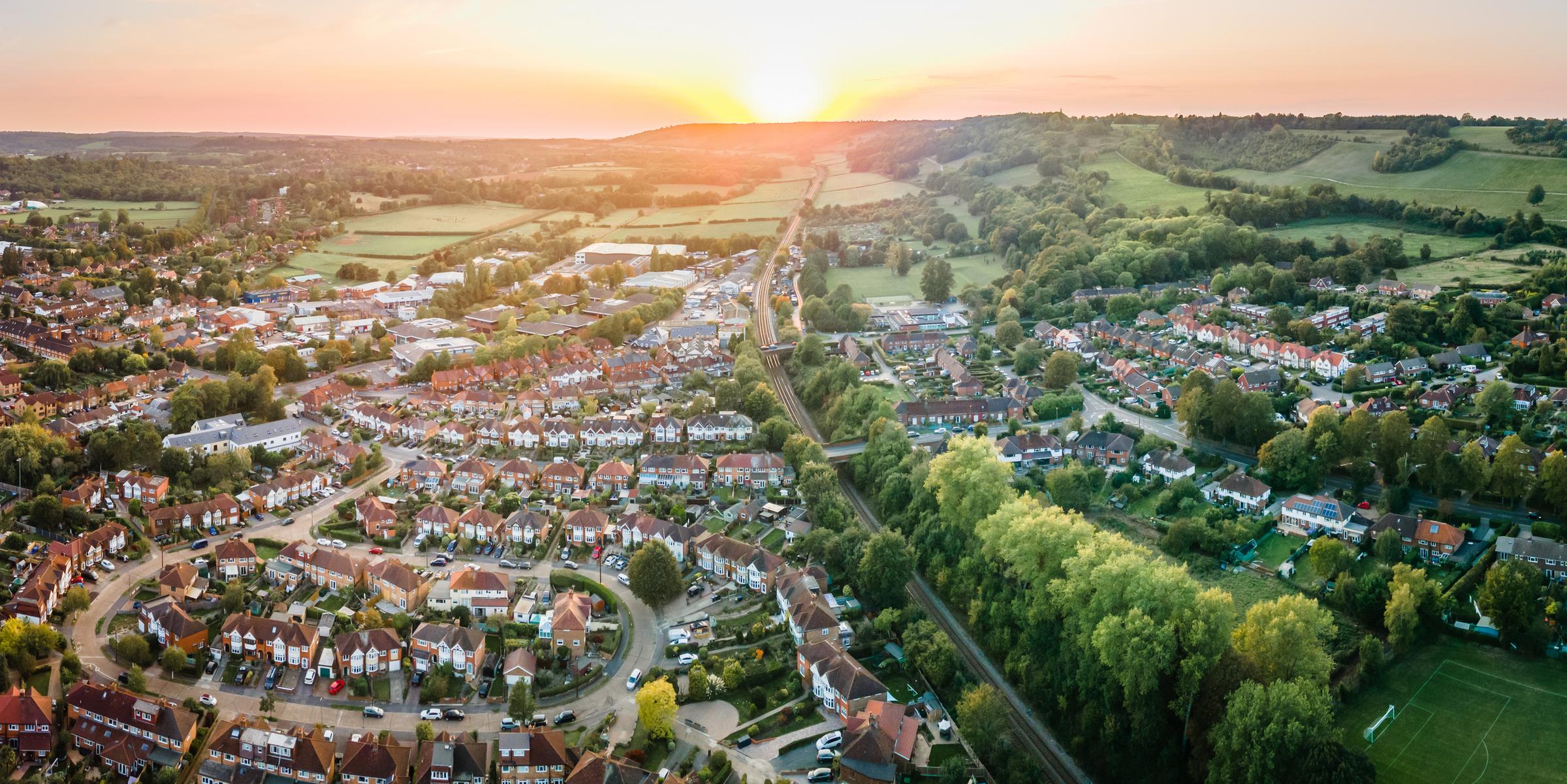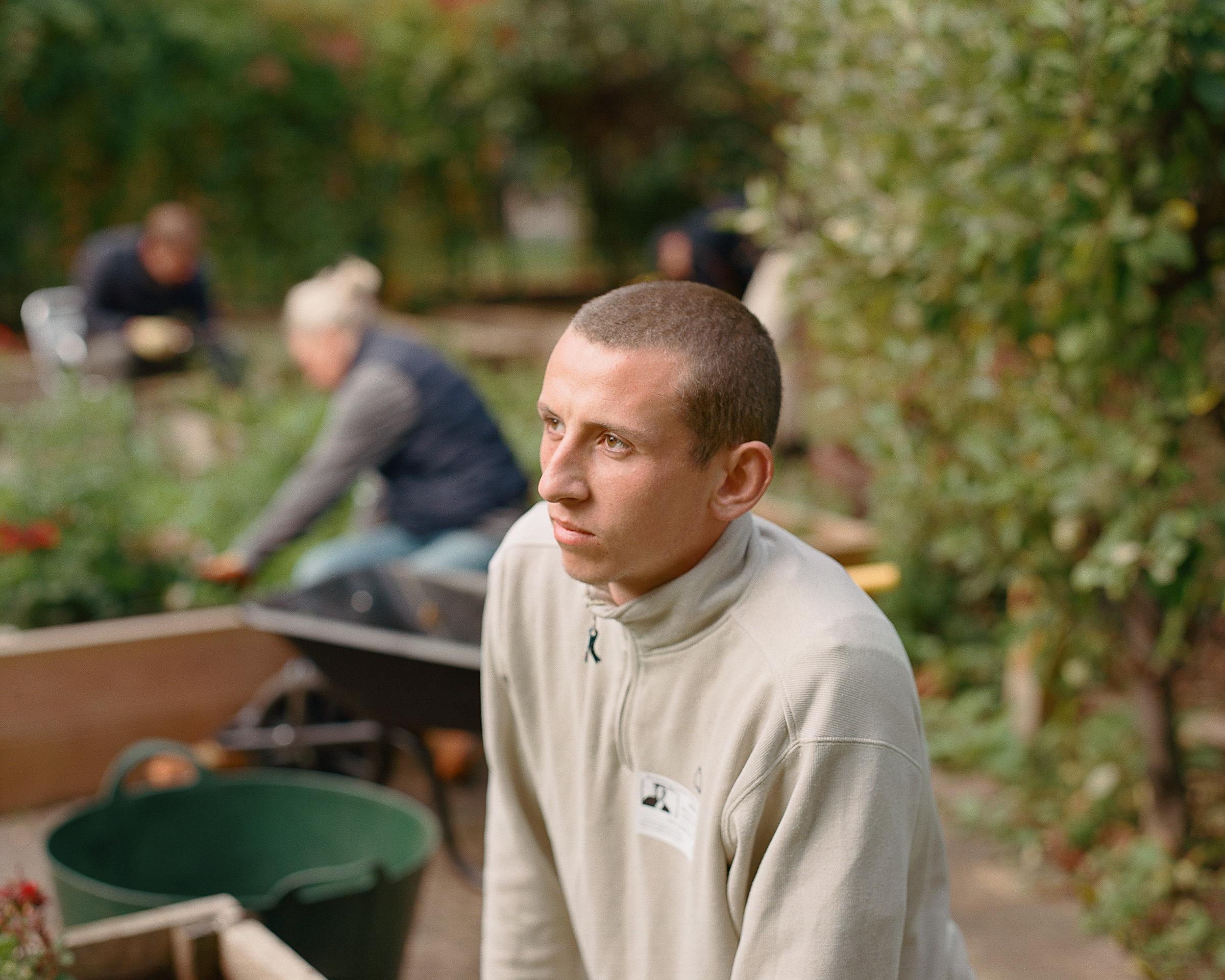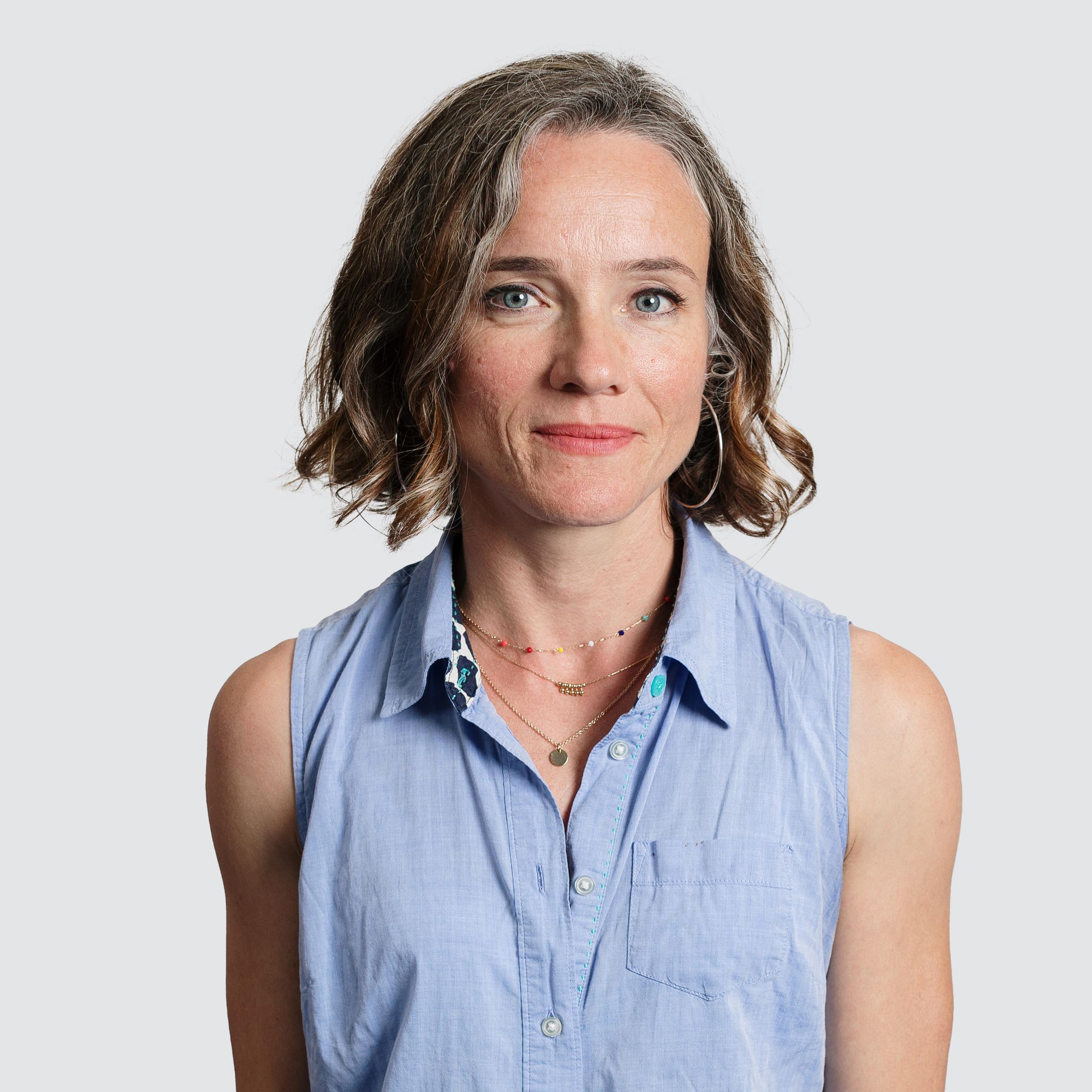
Who gets to imagine the future?
Sophia Parker outlines a new programme of work that JRF is exploring. We are interested in how we can grow our collective ability to imagine a future free from poverty, in order to reshape the economic and social models that are driving inequality.
Here at JRF we’ve been doing a lot of thinking about the work we want to do over the next year. We’ll be talking more in due course about the overall programme, but today I want to share some reflections on the concept of social imagination, and how we can grow our collective ability to imagine a future that is both environmentally and socially just. Social imagination, or collective imagination, is a nascent field of work, and we are beginning to scope out what role JRF might play alongside others in nurturing and growing this field, as part of the Emerging Futures work I’m heading up. We’re looking for partners and fellow travellers, so if you read this and want to be more involved, we’d love to hear from you.
The landscape in which JRF does its work to tackle poverty is shifting. A decade or more of rising inequality, flatlining wages, profound changes to the housing market, ageing populations and increased precarity all call for fresh perspectives on what is needed to solve poverty. And indeed the next decade is likely to see even more dramatic shifts in that landscape, thanks to the global effort to address rising temperatures. Report after report has argued that in order to tackle these inter-related challenges, we will need to move quickly towards an economic model that is less extractive, more regenerative; less geared towards profit maximisation, and more focused on how people and planet can flourish.
And yet despite plenty of compelling evidence of the need to make these changes, actually making the shift away from the way we have been doing things appears to be presenting some real difficulties. For all the things that seem to be making the world better (scientific progress, life expectancy, connectivity), we also see things that are getting worse (mental health, ecological crisis, inequality), and we are experiencing change at a faster, more intense rate. That is creating a sense of deep instability and disorientation. The old world no longer makes sense; and yet a new order has not yet emerged. Solutions seem very unlikely to rest on doing more of the same; and yet the status quo exerts a strong gravitational pull. There is uncertainty about the pathway from where we are now to where we need to be: no one has a roadmap, and the change that’s required will be complex and contingent.
Hope as a route to tackling fatalism
So where do we go from here? One of the greatest challenges is the way we have come to view our current economic and social models as fixed, even as they are failing us and the planet on which we exist. In the face of this mood, we need to grow our ability to actually imagine the possibility of a future which is grounded in more regenerative values and the concepts of abundance and broad-based prosperity. The scale of change needed will not come from tweaks to markets or a bit of welfare state innovation.
And – equally crucially – we need to significantly increase work that shows in practice what this future might look and feel like – a counter-balance to this fatalistic view that there is no alternative to how things are now. As William Gibson once wrote, ‘the future’s already here, it’s just unevenly spread’. We are interested in whether we can bring rigour, coherence and firepower to spreading this work further, as part of our interest in supporting work that helps to build powerful alternative narratives to the mainstream economic frames that shape our lives today.
Writers such as Rebecca Solnit argue that this kind of work is a crucial form of activism in periods of transition like the one we’re currently in. Imagining better futures – ones where everyone flourishes, where places are thriving, where relationships and connection are rich – generates hope, and in turn, hope generates action. In other words, imagination is an essential muscle, a practice we need to build if we are to inspire action in the face of the feelings of powerlessness or uncertainty.
I believe we now need to tell stories about how beautiful, how rich, how harmonious the Earth we inherited was, how beautiful its patterns were, and in some times and places still are, and how much we can do to restore this and to protect what survives. To take that beauty as a sacred trust, and celebrate the memory of it. Otherwise we might forget why we are fighting.
Rebecca Solnit, writing in the Guardian, November 2021
JRF is most definitely not the first organisation to be thinking about this kind of work. This paper by Geoff Mulgan, this book by Rob Hopkins and the work of Superflux and Department of Dreams have all shaped the agenda here in the UK. Early on in the pandemic, led by Cassie Robinson, the National Lottery Community Fund began to put the ideas into practice through the creation of the Emerging Futures Fund. At the heart of this fund was the question ‘who gets to imagine and shape the future?’ Lots of work around the UK has started to grow and deepen as a result of the funding programme. For example, New Constellations in Barrow, the Centre For Knowledge Equity’s Imaginarium, Hastings Commons, the Onion Collective and Moral Imaginations in Watchet, Community Land Scotland, Gentle Radical, and Civic Square.
The scale of interest and growing community of practice is clear from some recent events that have been hosted around imagination in 2021. For example, a group of partners, including Power to Change, Local Trust, Watershed, and MAIA convened a day-long programme of talks and workshops around the idea of ‘imagination infrastructure’. Nine hundred people from across the globe joined. It’s also worth watching a joint RSA/TNLCF event that was hosted by Andy Haldane in October 2021.
This is a collaborative endeavour – so get in touch
So, what might JRF contribute to this emerging field of work on collective imagination? We want to support this work not only through funding but through using our policy, research and communications capacity to create a critical mass of visions that bring to life what’s possible in communities across the UK. We think this kind of collective visioning work, and the seeding of alternatives, is an essential contribution towards the transition we need to make away from an economic model in which poverty continues to rise.
So for the next few months we will be scoping out a longer-term programme of work, designed to learn about what it would take to build a healthy ecosystem of social imagination, shaped by a multitude of voices and with a network of partners, some of which we’re already establishing. We want to play our part in connecting up work, deepening collective imagination practices, and evidencing the value they can have: in short, investing in this growing field in a way that nurtures the many partners and practitioners already operating in this space, and opening the door for new voices to be part of the agenda.
We are really delighted to be working with Cassie Robinson, who will be leading this scoping work for JRF, bringing her extraordinary vision and drive to an agenda we are excited to be exploring.
One of the great casualties of austerity is likely to be the imagination, the sense that alternatives to this broken regime not only exist, but can be built by us.
Aditya Chakrabortty

This explainer is part of the imagination infrastructures topic.
Find out more about our work in this area.
